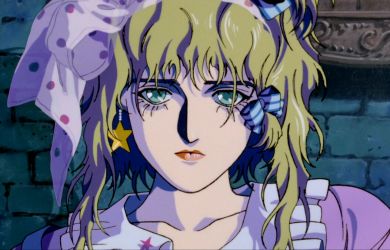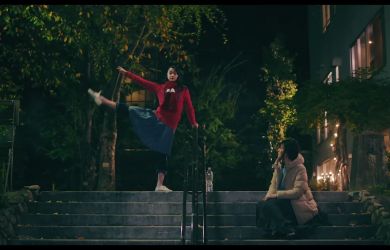
March 17, 2011
Runway Beat
Originally published on metropolis.co.jp on March 2011 It’s hard to argue with cinematic success, especially when the triumph is both artistic and commercial. That’s been the case with Yasuhiro Mase, who, it could be argued, is Japan’s leading producer. Mase is responsible for such hits as Himitsu (1999), which was remade by Hollywood; Kiraware Matsuko […]
By Metropolis
Originally published on metropolis.co.jp on March 2011

©2011「ランウェイ☆ビート」製作委員会
It’s hard to argue with cinematic success, especially when the triumph is both artistic and commercial. That’s been the case with Yasuhiro Mase, who, it could be argued, is Japan’s leading producer. Mase is responsible for such hits as Himitsu (1999), which was remade by Hollywood; Kiraware Matsuko no Issho (“Memories of Matsuko,” 2006), which earned critical acclaim as well as box office success; and Okuribito (“Departures,” 2008), Japan’s first Oscar-winning film in more than 50 years. Despite its technical excellence, Runway Beat is firmly on the commercial end of the scale. This feel-good high school story centers on a supremely confident and talented clothes designer (Koji Seto) who transfers to a new high school and convinces his new classmates to carry through with their plans for a fashion show. Naturally, the good-hearted but directionless cutie (Nanami Sakuraba, from the girl group Bumpy) falls for him, giving rise to numerous subplots, including one involving a supermodel classmate (actual model Mirei Kiritani). The showmanship is impressive, especially in the 3D catwalk finale, but the flick has little power or intensity. (126 min)







